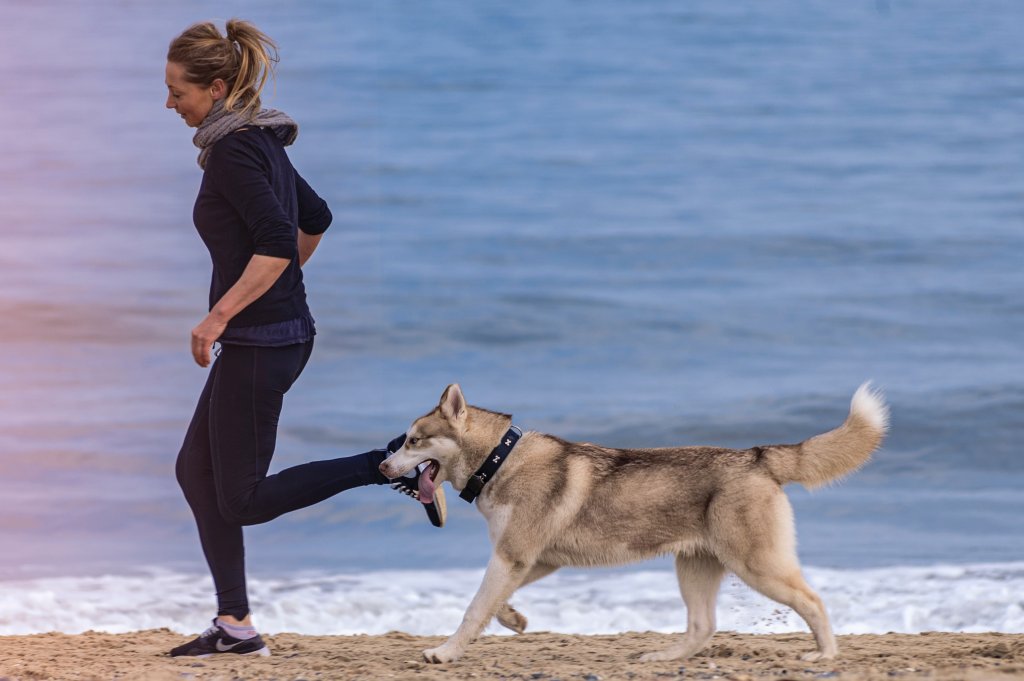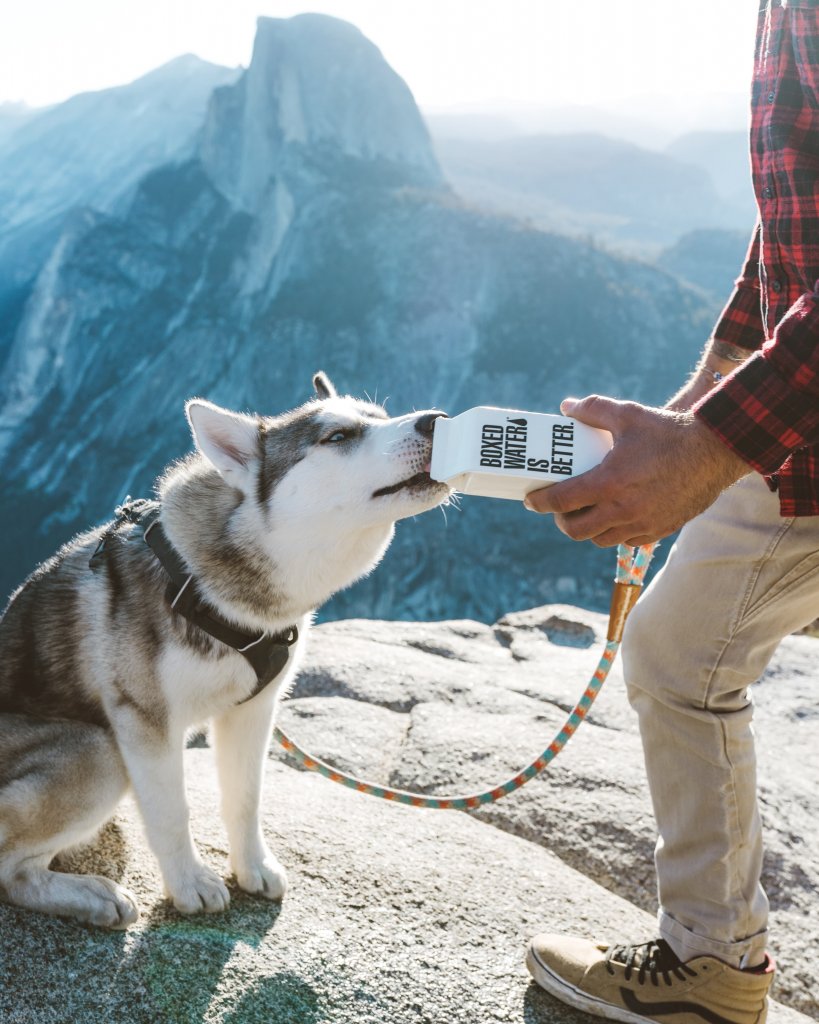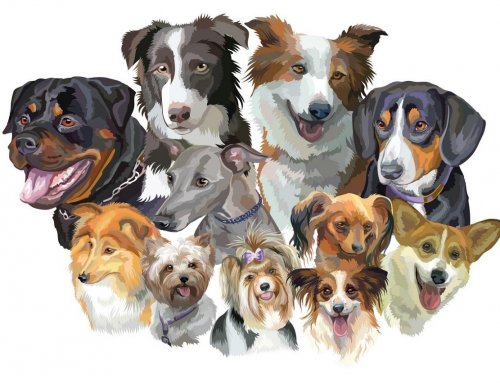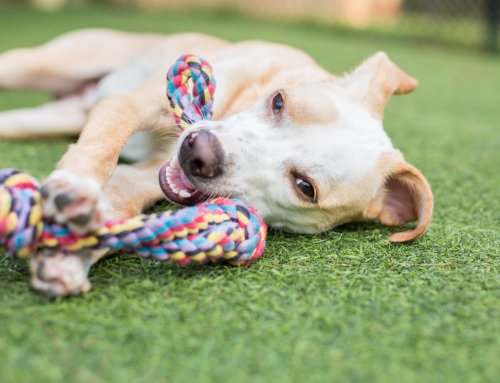Running with your dog as a form of exercise may be a great way to stay in shape. You are more likely to adhere to your workout plan when you exercise with a partner, according to research.
However, making your dog a workout partner you can rely on to keep you motivated without being a thorn in your side is difficult. If you’re looking for a workout companion, look for someone who is always ready to go and never complains about having a headache, being sleepy, or watching baseball. So, why not enlist the aid of your closest companion? This is the person who’s always delighted to see you, doesn’t whine, and has a lot of energy to spare. We are of course referring to your dog.
This does not imply, however, that you should disregard the warning signs that the exercise is a bit too strenuous for your dog. Be sure to follow these six tips to ensure that your dog becomes your best exercise buddy. Here are the six tips;
1) Seek the advice of your veterinarian
Without contacting your veterinarian, don’t begin running with your dog. For good reason, it’s in the small print on practically every gym application. Not only is this sound advice for you, but it also applies to your dog. Dogs don’t whine as often as humans do, so you may be completely ignorant of a serious health problem they’re experiencing. A veterinarian will pay additional attention to a dog’s cardiovascular, pulmonary, and articular systems if you inform him or her you intend to exercise with him or her beforehand.
Dogs of all kinds, including Greyhounds, Huskies, and Labradoodles, are capable of running long distances meaning that Some dog breeds are better at running than others. Labradors, Golden Retrievers, and Boxers are excellent running companions since they are large, enthusiastic, and athletic. Consult your veterinarian if you’re unclear whether or not your dog was bred to run.
However, other breeds of dogs, such as Bulldogs and Pugs, have small, stubby noses that make it difficult for them to breathe and cool down properly when running. If you’re getting a new dog, wait until they’re at least 18 months old before taking them on a run. Don’t ever encourage elderly dogs with hip dysplasia and arthritis to gallop despite the discomfort they are experiencing.
Photo by Magdalena Smolnicka
2) Pay attention to the fundamentals.
Training and leash etiquette is essential before you begin jogging. Ensure that your dog does not pull you down the street or trip anybody else when out for a walk on a leash. Use a leash no more than six feet in length when jogging to maintain control. Stay on the go and do not allow your dog to get distracted by shrubs or flowers while you are walking.
That is not to imply that your dogs should never be allowed to smell the flowers, but you can teach them not to do so. After learning that the action is not permitted, they will continue to follow you.
3) Begin your workout with a little distance
A dog that has never exercised before has to build up its strength and stamina much like a human. There must be progressive increases in the distance in order to toughen the pads on the dog’s feet.
A little quantity of physical activity, particularly for those just starting out, may have significant effects. Running for only 10 minutes a day is all it takes to create a healthy habit. In the event that you haven’t been doing anything at all, it will seem like an eternity. Your daily routine should be increased by five minutes each week: For one week, run 15 minutes a day; the next week, run 20 minutes a day; and so on. Set moderate and attainable objectives.
On the first day of training, don’t attempt to run five miles if your dog has spent the past five years on the sofa. Both you and your dog will be miserable as a result.
Photo by Boxed Water Is Better
4) Make a road map of your journey
Running’s wide popularity may be attributed in part to the sport’s seemingly limitless variety of landscape and terrain. When you’re traveling with a dog, how do you choose a route?
Dogs, like humans, need 30 to 60 minutes of exercise each day; you may plan your schedule around that recommendation. Inexperienced runners should begin and conclude their runs at home. Running on pavement may be dangerous as the temperature rises since dogs don’t normally wear shoes.
While jogging on a paved surface isn’t prohibited, the strain on your bones and ligaments is lessened when you walk your dog on dirt or grass. Choose the path over the pavement whenever possible.
5) Observe your dog’s health
Assess your dog’s fitness before embarking on a lengthy run and watch for indicators of exhaustion, such as panting that is heavier than usual or a drooping tail. The individual dog, not the breed, is the determining factor for its fitness and health.
6) Carry water along while going for an exercise
Make sure your dog gets water before and after your exercise for both of you. Bring water if you expect to run for a lengthy period of time. When your dog is exhausted, it will seek for puddles to quench its thirst. Toxins and impurities present in that water may cause illness in your dog, so please don’t allow it.
Heaving sighs, heavy breathing and glazed-over eyes are all symptoms that your dog is overworked and needs some time off. You won’t be the one panting and in need of a rest for long, I assure you.
In Conclusion:
Certain dog breeds are more adapted to long-distance running than others. Some working dogs, such as shepherds, terriers, and retrievers, are designed to run great distances, while others are not so well-suited. If your dog is not good enough to run for long, you should limit its activities to walking.
As always, God bless and Go Tigers!
Keywords: dog exercise
Article was written by Emily Tay.













